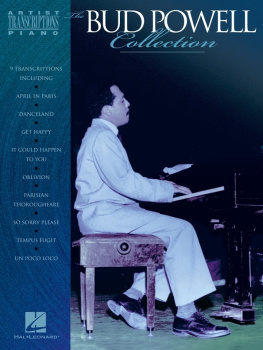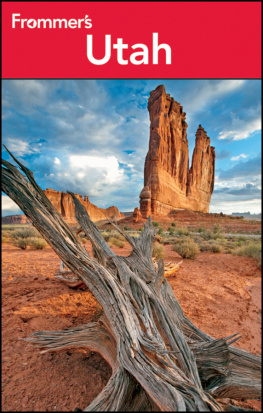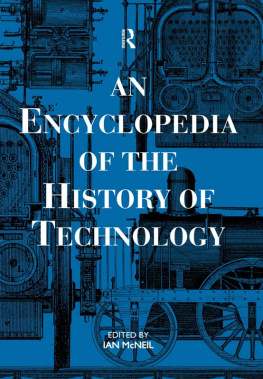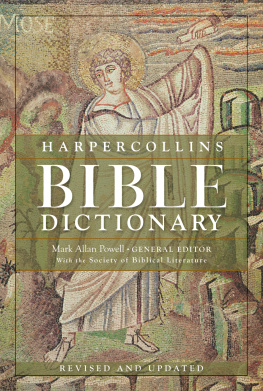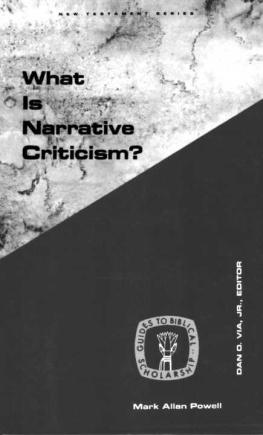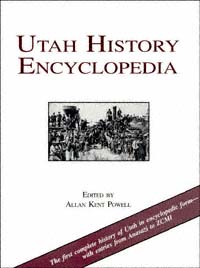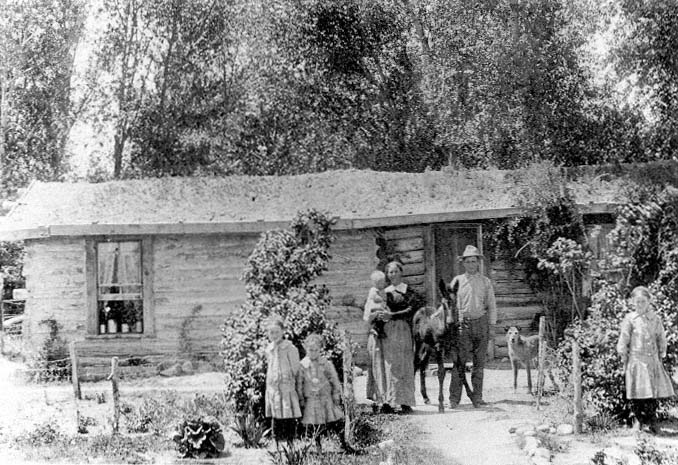| For years the staff of the Utah State Historical Society has discussed with other Utah history scholars the need for a one-volume Utah history reference book. The volume, it was argued, would be of tremendous value to teachers, students, historians, researchers, business people, government workers, and the general public. In 1987 John C. McCormick, then a historian on the historical society staff, worked out an arrangement with the University of Utah Press for the historical society to compile a manuscript of approximately five hundred entries on Utah history topics, which would be published by the Press. In the summer of 1988 Dr. McCormick left the historical society to take a teaching position at Salt Lake Community College, and I was asked by Utah State Historical Society Director Max J. Evans to take over the project, working with a scholarly advisory committee that had been selected. University of Utah Press Director Nana Anderson offered strong encouragement and support for the project, and we continued identifying, researching, and writing articles for the encyclopedia. |
| A working list of more than two thousand potential topics was compiled based on recommendations from the Division of State History Staff, the advisory committee, and other Utah historians. Once this comprehensive list was completed and arranged in six categoriesindividuals, events, organizations, institutions, places, themes, and subjectsthe advisory committee held several meetings to discuss the merits of each topic and to develop a priority list of entries. What emerged from this evaluation was a priority list of five hundred topics for the encyclopedia. The advisory committee then discussed possible authors for each entry; these individuals were contacted and invited to participate in the project. |
| Funds were lacking to pay any of the authors; therefore the project was presented to the Utah history community as a contribution by Utah historians and writers to the Utah statehood centennial commemoration. With only a few exceptions, all those contacted agreed to participate on that basis; hence, the project represents the voluntary efforts of two hundred seventy historians and writers, who have researched and written their articles at their own expense in behalf of the state, its people, and the statehood centennial commemoration. The authors have been allowed to present and interpret their topics as they have seen fit within broad parameters set as to length, content, and style. Authors essentially were given free rein of what to include, how to organize each essay, and how to present it. There was no mandate of a rigid structure or a dry, data-filled chronicle. Rather an interpretive, essay-like quality was encouraged. Although this may disturb some readers, it has permitted the development of personalized essays that bring a livelier spirit to the work. It is hoped that if readers can accept this writing philosophy, then they can more easily forgive any perceived limitations or omissions and enjoy each essay as a more personal viewpoint of an incredibly rich and complex subject. |
| The entries are intended to serve as a basic introduction, recognizing that not all of the issues or pertinent facts always could be included in the limited length of the essays. In many cases, readers can find additional information by consulting the bibliographic citations offered at the ends of the essays. Authors were encouraged to provide bibliographic references to published works that readers might find in public libraries. Therefore no manuscripts or archival collections have been included. A conscious decision was made not to include cross-references with other entries. Scheduled for publication in 1996 as part of the Utah statehood centennial is a new one-volume history of Utah by Thomas G. Alexander. |
|



